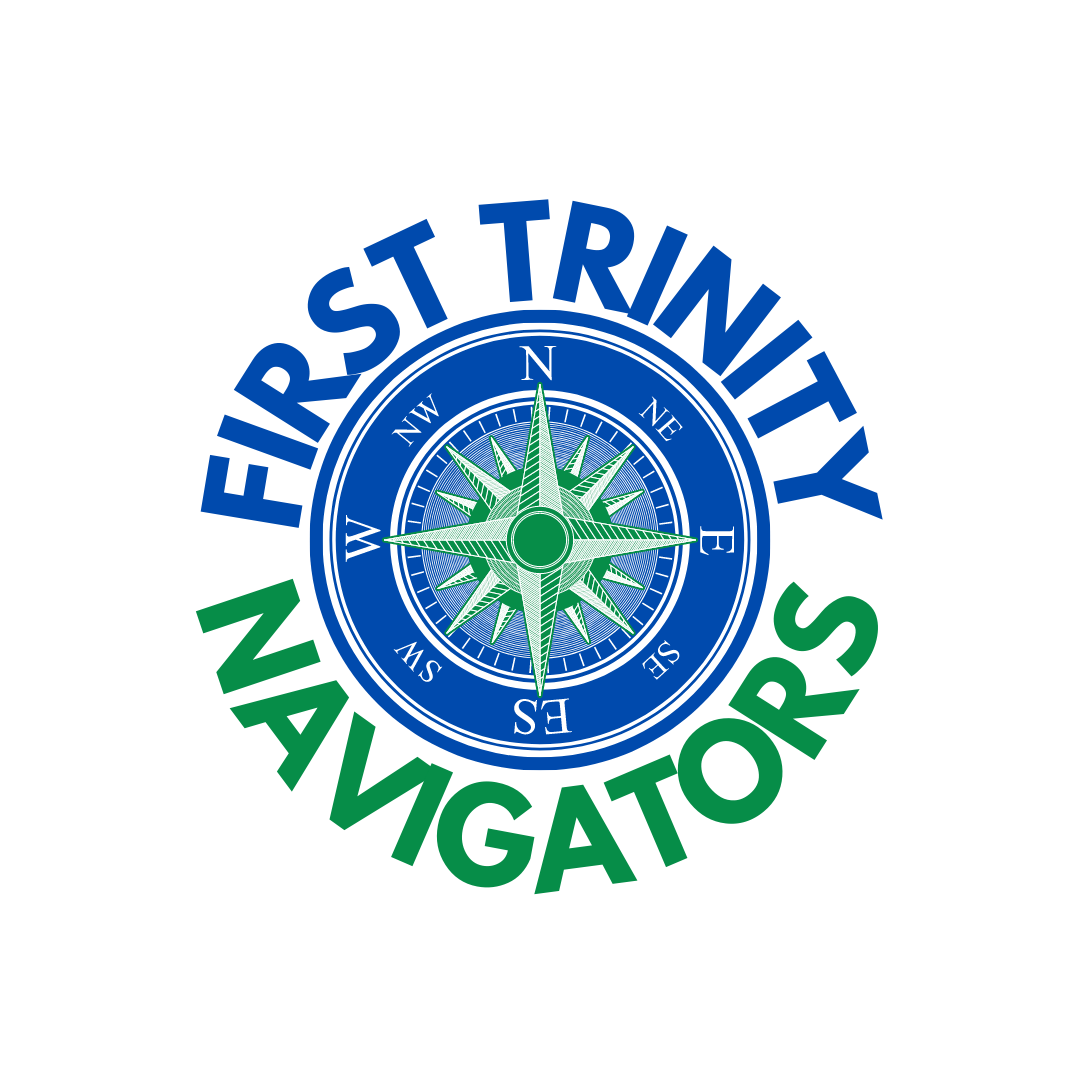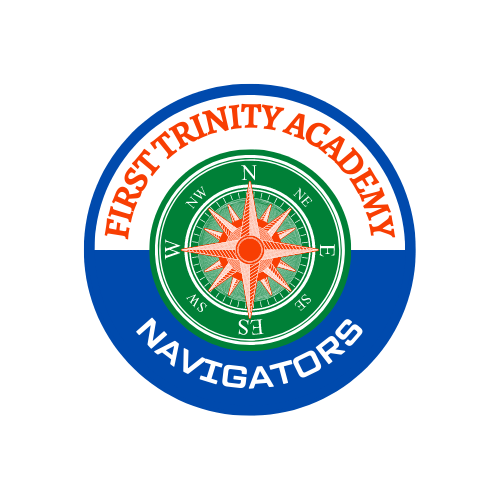
Learning Environment
Learning Environment
Back to School
Sending your child to the very best of school doesn’t let you the parent off the educational hook. It is important to continue to foster your child’s educational experience at home and to provide a learning rich environment.
To do this, take a few tips from the profound teachings of Maria Montessori. Montessori’s educational method is based on an in-depth understanding of the child’s stages of development. With that in mind, here are five ways to create a learning environment at home.
Keep On Reading!
Studies have consistently shown that children that grow up in “reading families” are more academically successful. Establish read-aloud routines at home. Make it part of your daily activities to enjoy reading aloud to your children, even if it’s only for 5-10 minutes at a time. Reverse the role with your child and let him or her read aloud to you. Children that see their parents reading are more likely to think of reading as a fun activity.
Minimize the Clutter
Trying to put too many toys or books out at once can create a feeling of chaos. Instead, rotate a limited selection of items every few weeks. Keep the rest tucked out of sight, ready to be discovered anew at some future date. Children learn best in environments that feel uncluttered and organized. An orderly environment is less distracting, enabling young minds to focus on one task at a time.
Clean Up, Clean Up…
Show children how to put their things away in baskets, shelves, or cubbies that are within your child’s reach. Make it easy for children to succeed at returning things to their proper places. Demonstrate how to put things away, to get one toy, book, game, etc., out at a time and to put it away before getting another. Explain why this is important (…so things don’t get broken, so that you can find things, so that others don’t step on or trip over things, etc.) and encourage them to do so independently.
Keep it Within Reach
Have as many child-friendly areas in your home as possible. Provide low shelves and coat/towel hooks within reach. Have child-size tables and chairs for eating; and stools to reach sinks, etc. Place a few age-appropriate learning materials such as children’s books, art supplies and instruments in a designated area. The more your child can do for him or herself (because he or she can reach it, lift it, hold it, etc.) the more you are fostering that vital thing call independence. “The child’s first instinct is to carry out his actions by himself, without anyone helping him, and his first conscious bid for independence is made when he defends himself against those who try to do the actions for him.” ~Maria Montessori.
Can I Try?
Don’t underestimate how much children are capable of, even from a very young age. Resist the temptation to do too much for them, and instead, do more with them. Children learn confidence and self-reliance through participating in everyday activities at home. Knowing that they contribute and are productive members of the family, gives children an important sense of self-worth and belonging. Children build a stronger self-esteem through mastering new skills, which in turn leads to a more capable young person.
“It is not what you do for your children but what you have taught them to do for themselves that will make them successful human beings. ”Ann Landers.

